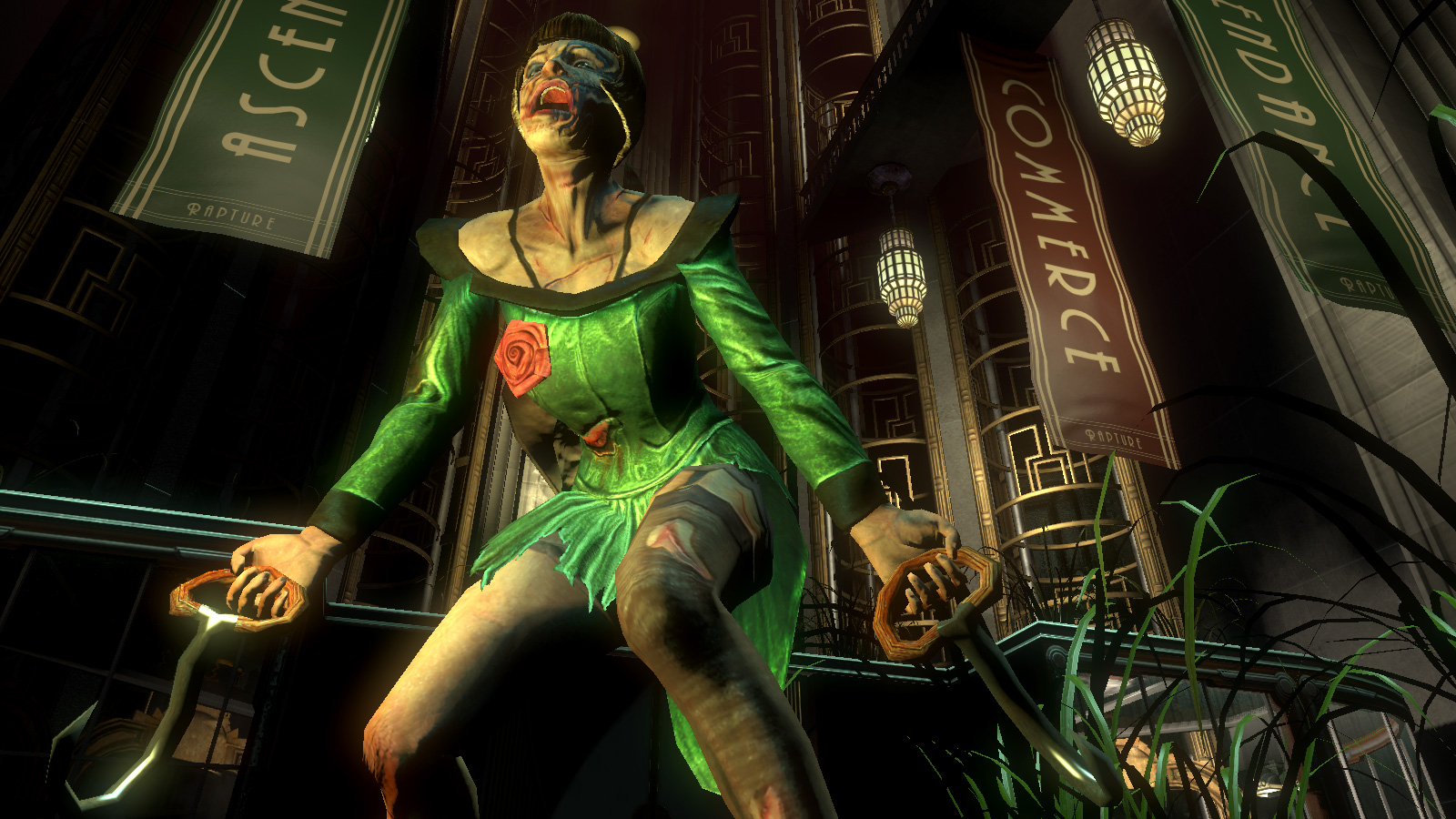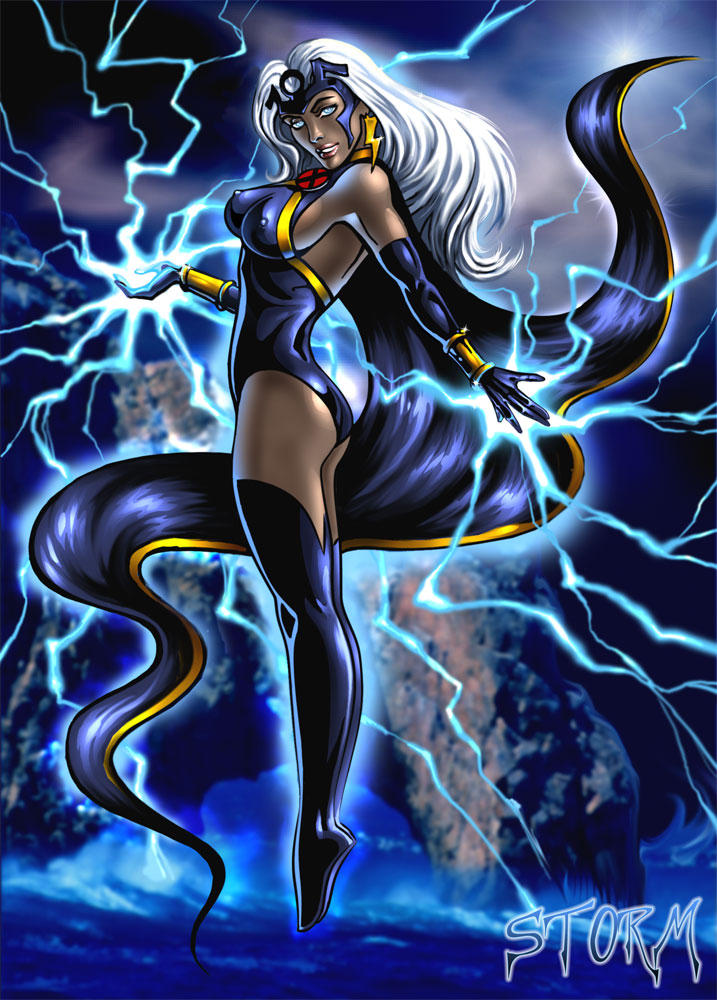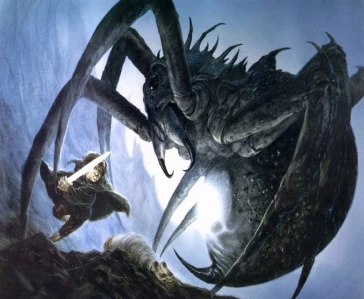
BioShock, is not told through cut scenes. Here is one, the opening six minutes. There are a handful, but they are, at best, seconds worth of time. There are constant audio clips, contemporary advertisements, great 40s music, PA announcements, and then there are voluntarily read/played journal entries that detail the larger story. I suspect the reason for the latter is that many people just aren't interested in the story, or perhaps on replay, don't feel the need to hear it a second time. This is a shame really, I think story-telling is much more important than game play, and frankly, how many people do you have to kill before it starts getting a bit repetitive?
It was easy enough to find a no commentary walk-through of the game. However, this does present some problems. In an environment where you can look wherever you want, if the game player does not look where you want, you can definitely miss out on certain things. Still, RabidRetrospectGames did a relatively good job of finding and playing all the journal entries, so I think I got the full story.
SPOILERS within.
BioShock starts with passengers in an airplane, and the single and only time the main character speaks, occurs in that moment, although looking back, it's not clear he was speaking at all. "I was meant to do great things" the character seems to utter, and than the plane crashes. Next thing, we're beneath the waves, struggling for breath and dodging airplane fragments. This was a beautiful touch, and I really wish there were more of it. (Though I'm sure the lack of cut scenes was a conscious choice.) Then, our main character, who never really has a name, finds a small out cropping island, with a portal down to the depths of the sea.
We watch a short promotional video, a welcome to Rapture video, where we learn about Andrew Ryan, a wealthy industrialist who wanted to escape taxes, and decided to found an underwater kingdom called Rapture just at the end of World War 2. The opening scene has some great references, and propaganda, and it's really the only time we ever see the grandeur of the underwater city, with a beautiful blue whale swimming between the buildings. It's a shame really, from then on, you're in the underwater city, really just one large apartment building it seems. There are lots of windows, but the character I followed never really looked out of them, so I didn't get to see as much as I would have liked.
The art and atmosphere that the developers at 2K Boston, Irrational Games, and Ken Levine created for the game is breathtaking. The amount of research they did on 40s nostaliga must have been immense, really great Art Deco and Googie styling, including dozens of sculptures reminiscent of Antoine Bourdelle's work. The game takes place after the war, and at least one of Ryan's geneticists worked with the Nazis.
For all this beauty, when our hero arrives, Rapture is a dead and dying beast, filled with chaos and insanity. This is unsurprising, Andrew Ryan's dream was ultimately a libertarian one, promising ultimate freedom with no policing. It isn't long in the game before you discover the source of the insanity. Genetic modifications, called plasmids, and something called ADAM, a component of a sea slug that allows these modifications. An unfortunate side effect of these modifications continued use is insanity. So Rapture is now filled with insane splicers (who seem to be 98% of the inhabitants). Some of them have weird deformities, but mostly they have insane strength, and superpowers, throwing lightning, flames, moving objects, wind storms.
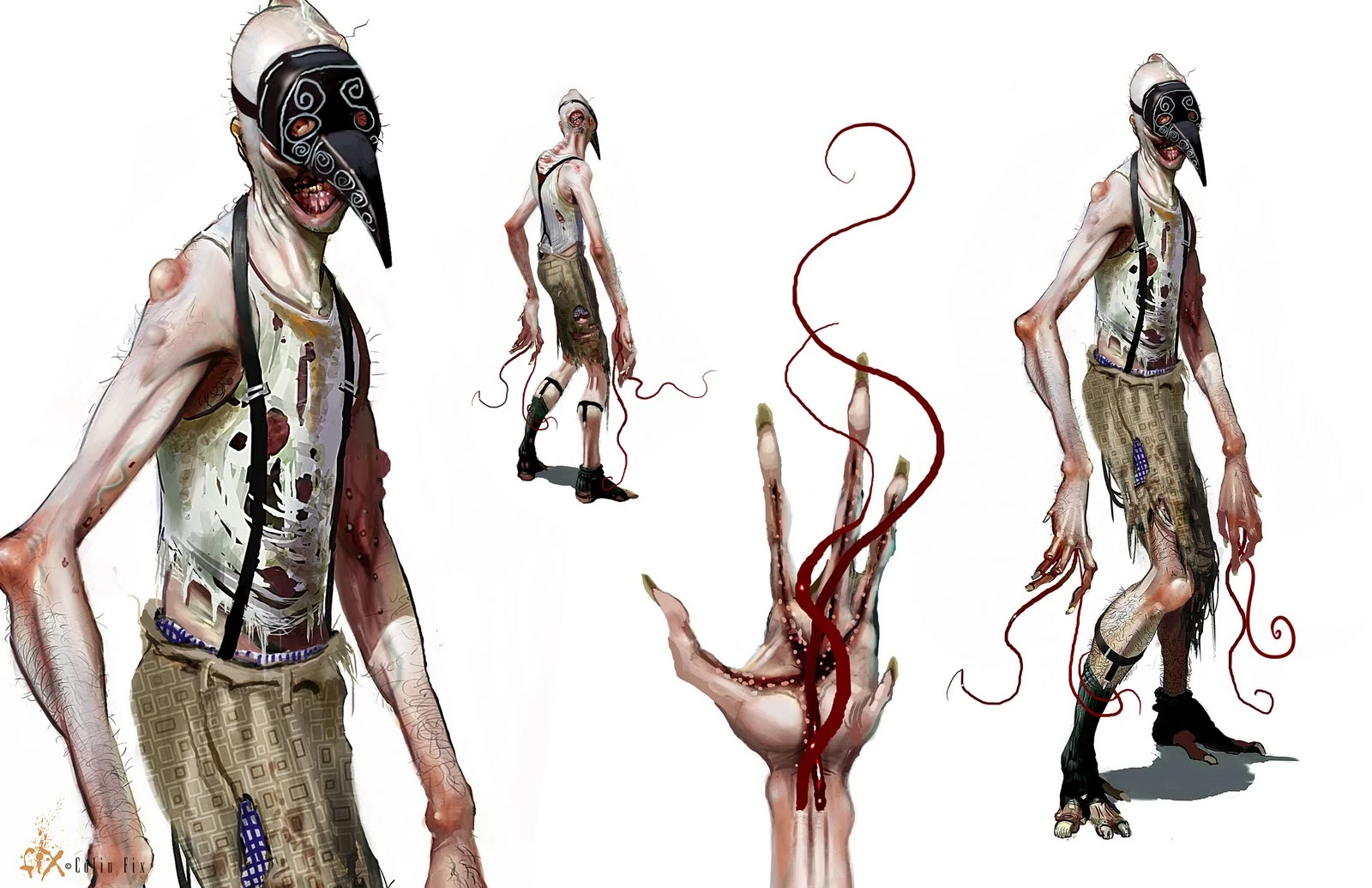 |
| Representation of a Spider Slicer |
Anyway, if you want to watch the story, or read about it, there are plenty of places to do so. The purpose of my review is to complain about the story. While there were some interesting plot twists, plot twists themselves do not a story make. As we don't learn anything about the main character until the last hour of gameplay, mostly the story is finding out what happened to make Rapture fall. Which isn't nearly as interesting in the end as I hoped.
So there's this thing: a Big Daddy. We don't learn about what the Big Daddies are until quite late in the game, but if you remember going to the mall in 2007, you'll remember the massive cutouts of hulking figures in archaic aquatic gear with a drill for a hand, crowding the entry of GameStop and Babbage's.
In creative writing classes, something they always tell you: show, don't tell. And it's somewhat ironic, that in attempting to make the story optional for users, they end up neither showing, nor telling. While the voiceover work, and the talent of the actors was unquestionable, the story just didn't have the drama that it could have if some of the events described had been visualized in cut scenes. Usually game driven players can coast by cut scenes with the press of a button, so again, I'm not sure why this decision was made. Take a look at this (cranky gamer on CNET) who frigging HATES cut scenes. But he's a gamer's gamer, so maybe that's why. Ironically, it appears as if the two game sequels do have cut scenes, so there must have been enough of an outcry.
Another issue I had with the game is that so much of what is intriguing here is the madness of the splicers. You can be creeping through a destroyed study, papers strewn across the floor, bottles of alcohol (which you can drink!) lining the shelves, and it's deathly quiet, then all of a sudden, you hear something fall and rattle to the ground, then a slow, completely bonkers chuckle. The splicers weep, beg for mercy, for compassion, have terrifying eruptions of rage, and yet, this fell short in the walk-through version because the moment our main character saw one, he shot him or her dead instantly. Add to this that the splicers have, through surgery and genetic modifications become true monsters, and here again, a few more cut scenes would have gone a long way, to truly displaying the horrors that these people had perpetrated on themselves.
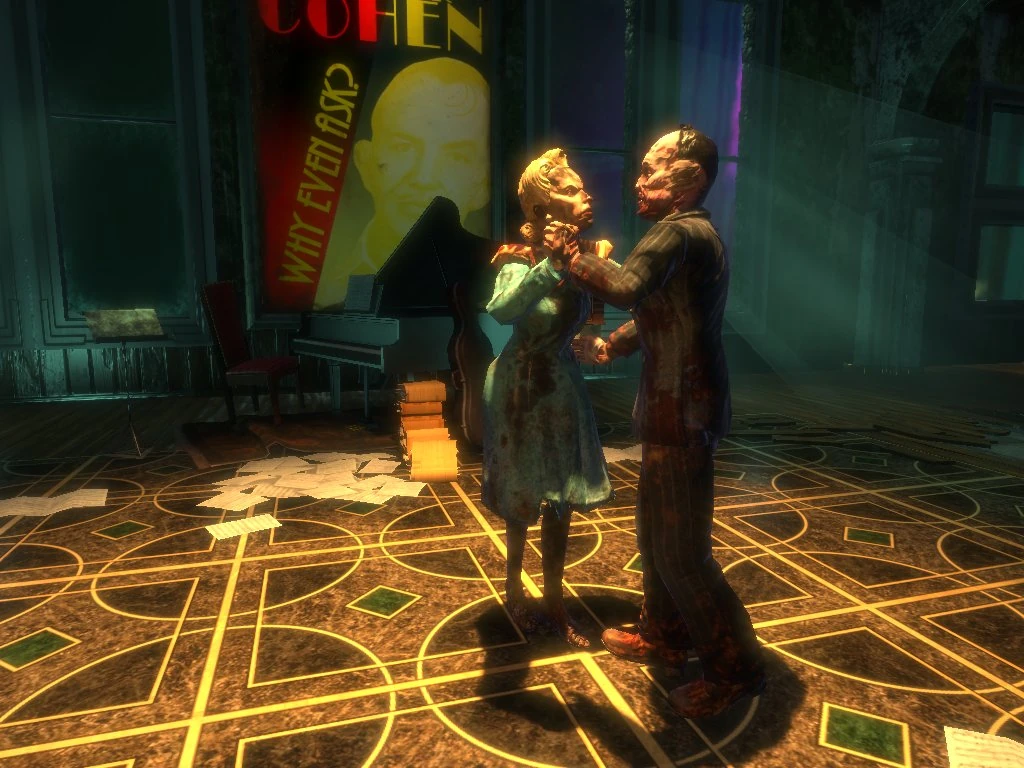 |
| See these splicers, dancing? you have to kill them |
As a liberal, this wanton killing of people who were effectively drug addicts was more than a little troublesome. I get that video games have LONG since passed the threshold of common decency, and that I am somewhat archaic in viewpoint now. But killing Nazis in Wolfenstein, or monsters in Doom made sense. Killing these poor unfortunates without out even an attempt at mercy, made me feel somewhat soiled. And I wasn't even pulling the "trigger".
To get back to the story, one of the most fascinating characters is Andrew Ryan. Wikipedia indicates that Ken Levine was heavily inspired by Atlas Shrugs, by Ayn Rand, or at least, by the imagery and characters within it. I don't hold that against him, as I found The Fountain Head to be quite inspirational--despite Ayn Rand's obvious prejudices and general failings. So Andrew Ryan, as this obscenely wealthy industrial is quite an attractive character. The foibles of the rich, the glitz, the glamour! However, his opposite number is a fellow called Frank Fontaine, in essence a mobster. Ryan controls the wealth, and the elite, and Fontaine controls the means of production. The Fall of Rapture, is the story of the conflict between these two men. Really, though, the Fall of Rapture is marked ultimately by a huge absence. The Rule of Law.
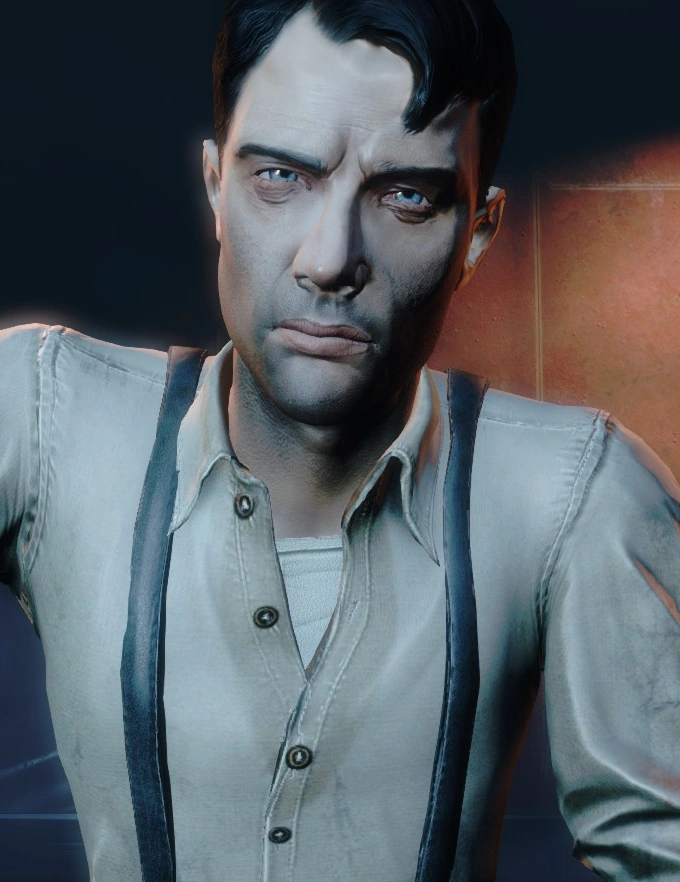 |
| Frank Fontaine is pretty skinny, huh? |
This is, of course, intentional. This is, of course, specifically what Andrew Ryan was fleeing. And as an idealogue, he ultimately upheld this decision. There are no police in Rapture, no courts, jails or judges. Add to that the fact that Ryan Industries sells flame throwing genetic enhancements, and, well... the Fall of Rapture seems pretty obvious.
As to the end, ultimately, one of those people wins. I won't spoil it for you. It's interesting because Fontaine and Ryan, are ultimately two sides of the same coin. They're both rugged individualists, capitalists, and while Ryan's view of the world contains an idealistic sense of achievement and beauty, Fontaine's view is completely cynical, musings on the baser attributes of human nature.
Which, I think is ultimately, why the story of Bioshock failed to impress me. The main character, ultimately, makes a moral choice that determines the end of both titans--but as his voice is completely absent from the story, ultimately there is no character growth, there is no catharsis (though there are a few revelations). Two, greedy, evil men, meet their end, in a watery grave, under the sea.
Ask me if I care about Rapture. No. Perhaps if I'd seen it lit.






